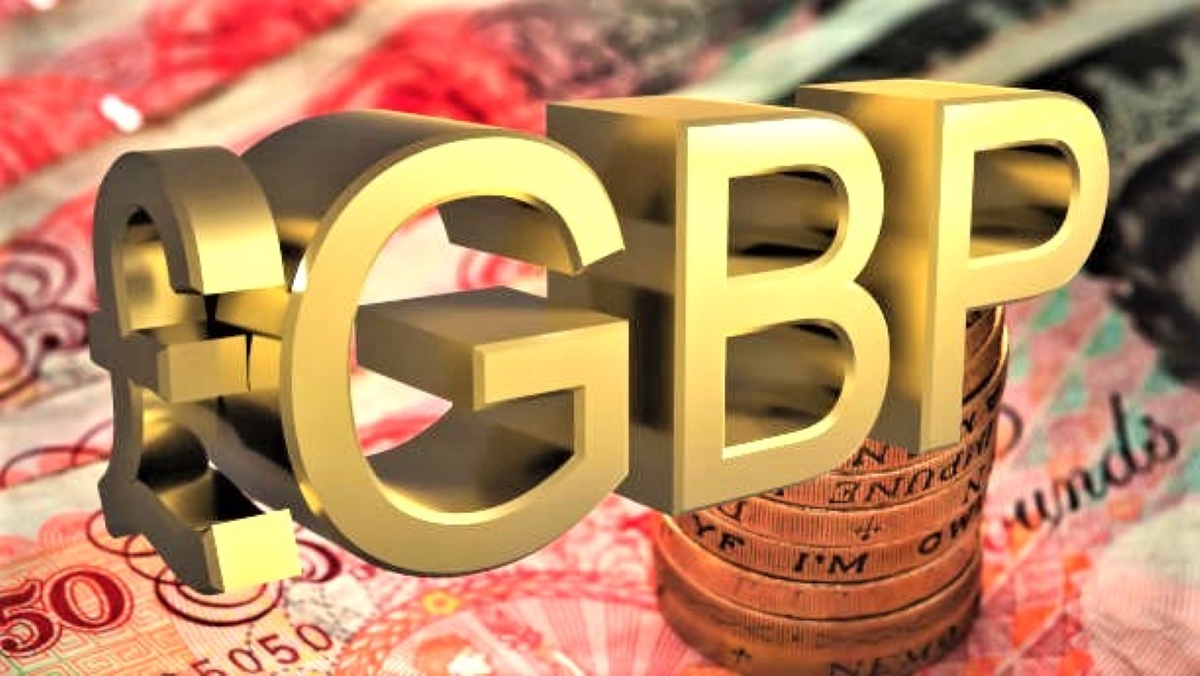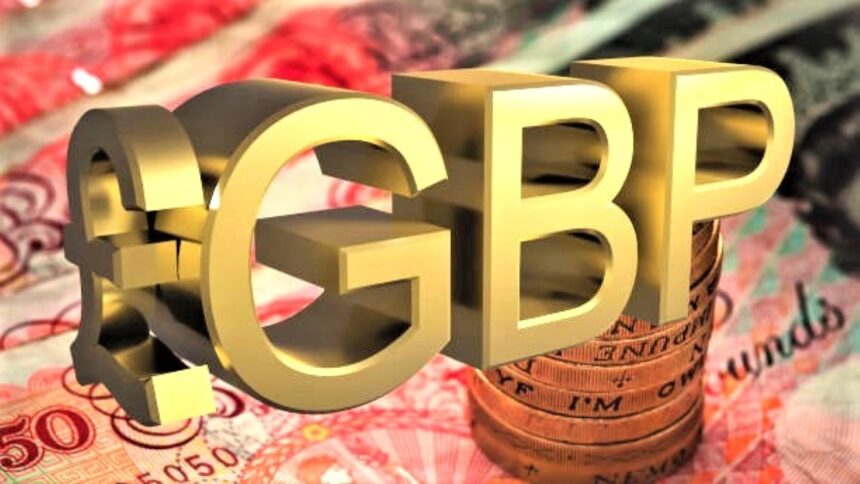The Pound Sterling (GBP) maintained its upward momentum near the 1.3650 mark against the US Dollar (USD) during the European trading session on Wednesday, reaching a level not seen in nearly three years. The rally in the GBPUSD pair was primarily driven by the positive geopolitical development the announcement of a ceasefire between Israel and Iran—which significantly reduced market demand for the US Dollar as a safe-haven asset.
The easing of geopolitical tensions, combined with a dovish tone from Federal Reserve Chair Jerome Powell and ongoing concerns over the UK labor market voiced by Bank of England (BoE) Governor Andrew Bailey, created a mixed backdrop. However, the net impact remained bullish for Sterling in the short term.
Ceasefire Triggers Risk-On Sentiment, Pressures the US Dollar
A key factor supporting the Pound’s strength was the de-escalation of Middle East tensions. On Tuesday, US President Donald Trump confirmed that a ceasefire agreement between Israel and Iran had come into effect. In a Truth Social post, Trump declared: “The ceasefire is now in effect. Please do not violate it!”
The news sent waves of optimism across global financial markets. Investors quickly moved out of safe-haven assets such as the US Dollar and into risk-sensitive currencies like the Pound Sterling. The US Dollar Index (DXY) fell sharply, struggling to hold the 98.00 handle—its lowest level in weeks.
With risk sentiment improving, currency markets favored currencies associated with stronger economic outlooks and higher yields. The Pound, already buoyed by relatively hawkish BoE policy expectations, capitalized on the USD weakness.
Fed’s Powell Remains Cautious, Tariff Uncertainty Delays Rate Cut Outlook
While geopolitical relief worked against the US Dollar, Fed Chair Jerome Powell’s testimony before the US House Financial Services Committee added to the Greenback’s woes.
Powell made it clear that the central bank is in no rush to change its policy stance. He emphasized that while the economy remains strong, the unresolved tariff disputes and their potential inflationary impact warrant a wait-and-see approach.
“I don’t think we need to be in any rush as long as economy is strong, and the uncertainty is high surrounding the still-unresolved tariff debate,” said Powell.
Although Powell acknowledged that rate cuts may be appropriate if inflationary pressures from tariffs ease, markets took his comments as a sign of cautious policy patience—limiting any upside for the US Dollar in the immediate term.
BoE’s Bailey Flags Labor Market Weakness Amid Sticky Inflation
On the UK front, BoE Governor Andrew Bailey offered a nuanced perspective on the UK economy during his appearance before the House of Lords Economic Affairs Committee. He voiced concern about signs of weakening in the labor market, which could weigh on consumption and overall economic growth.
“We [BoE] are starting to see labour market softening, and wage settlements are likely to come off,” Bailey remarked.
He further pointed to the impact of rising employer social security contributions, which he believes are adding stress to employment conditions. The remarks align with recent employment data, including reports from recruitment platform Indeed showing a 5% drop in UK job vacancies in mid-June compared to the end of March.
Despite these warnings, Bailey maintained a cautious approach on policy, reiterating that interest rates would follow a slow downward path. Last week, the BoE left its benchmark rate unchanged at 4.25%, with a 6-3 vote reflecting divisions within the committee.
Pound Resilience Despite Labor Market Concerns
Remarkably, despite Bailey’s warnings about labor market slack, the Pound remained robust. This resilience likely stems from market positioning and broader macroeconomic factors. For one, UK inflation—while moderating—is still above the BoE’s 2% target, keeping expectations of higher-for-longer interest rates in play.
Moreover, markets may be interpreting Bailey’s remarks as a signal that rate cuts will be gradual and contingent on incoming data. Until wage pressures ease substantially or unemployment rises sharply, the BoE may prefer to hold rather than ease aggressively.
Upcoming US PCE Data Could Shake GBPUSD Dynamics
Looking ahead, traders are closely watching Friday’s release of the US Personal Consumption Expenditures (PCE) Price Index—the Fed’s preferred inflation gauge. The Core PCE, which excludes food and energy prices, is expected to have accelerated slightly to 2.6% YoY in May, up from 2.5% in April.
If the actual data surprises to the upside, it could revive expectations of prolonged Fed tightening or at least delay easing, thereby providing a floor for the USD and potentially capping gains in GBP/USD.
On the other hand, a softer-than-expected PCE print could reinforce the dovish Fed outlook and drive GBP/USD higher toward the next psychological resistance near 1.3700.
Pound Technical Outlook:
From a technical perspective, GBP/USD remains firmly bullish above the 1.3600 handle. The pair broke through key resistance levels in recent sessions and is now testing waters near 1.3650.
Immediate resistance is seen at 1.3700, a round number that could act as a short-term barrier. A break above would open the door toward 1.3750 and potentially 1.3800, levels last visited in 2021.
On the downside, support lies at 1.3570, followed by the 1.3500 mark. Only a decisive break below 1.3450 would signal a trend reversal.
Macro Themes to Watch: Geopolitics, Inflation, and Diverging Central Bank Views
The broader macroeconomic backdrop remains key to GBP/USD’s outlook. The Israel-Iran truce, if it holds, will likely continue to weigh on the USD in the absence of fresh geopolitical triggers. Additionally, any escalation in tariff-related tensions or changes in inflation dynamics will influence the Fed’s timing of rate cuts.
Meanwhile, the UK continues to grapple with a delicate balance between persistent inflation and a cooling labor market. If economic data confirms Bailey’s concerns, dovish sentiment could build. But for now, the market appears to view UK policy as more restrictive than the US, which supports GBP.
Conclusion: Sterling’s Rally May Extend if Risk-On Mood and Policy Divergence Persist
In summary, the Pound Sterling’s climb to a fresh multi-year high against the US Dollar was underpinned by:
Relief from Middle East tensions,
Softening USD amid Fed caution,
And solid GBP fundamentals despite labor market concerns.
As long as the ceasefire between Israel and Iran holds and the Fed remains on pause, GBP/USD could remain well-supported. That said, Friday’s PCE data and upcoming UK wage and CPI reports will determine the sustainability of Sterling’s strength.

Resistance sits at 1.3700 and 1.3750, while support is seen at 1.3570 and 1.3500. A sustained break above 1.3700 could trigger further gains.
The US PCE inflation data for May, due Friday, is the most critical. A hotter-than-expected reading could bolster USD and pressure GBP/USD lower.
Bailey warned of labor market softening and a decline in wage growth but reiterated a gradual rate-cut approach, indicating a cautious monetary stance.
Powell’s testimony signaled caution and patience from the Fed due to tariff uncertainties. Markets interpreted this as dovish, contributing to USD weakness.









